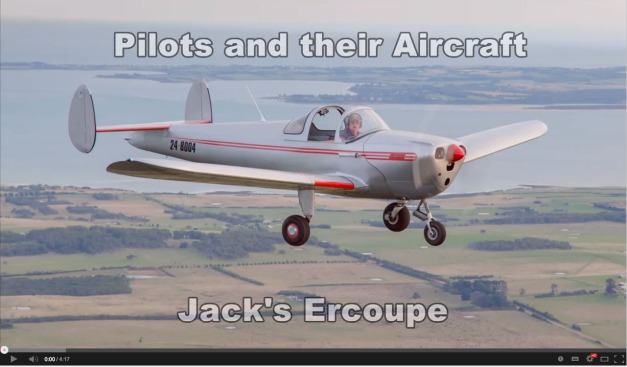 I recently acquired an old aircraft – a 1941 Interstate S-1A Cadet – there will be more information about this aircraft to come in the future.
I recently acquired an old aircraft – a 1941 Interstate S-1A Cadet – there will be more information about this aircraft to come in the future.
With the aircraft came a ‘Pilot’s Flight Operating Instructions’ manual, which naturally I read with interest. Near the back is a section on cold weather operation, which includes the phrase: “Evergreen boughs may be used for brushing off light snow”.
Other interesting cold weather instructions include “Where [engine] heating facilities are not available overnight…drain the oil out on the ground and refill with fresh from the store before operation. This is far easier than trying to heat the oil system of the airplane to permit the flow of congealed oil”. And to round things off nicely: “Remember to include ammunition weight in centre of gravity calculations”. How the world has changed…
In the back of the manual is a ‘Glossary of Nomenclature’ to help US personnel understand their British counterparts. Apart from obvious terms like the US ‘gasoline’ (petrol), ‘antenna’ (aerial) and ‘airplane’ (aeroplane), there are some which induce a bit of a smile: ‘engine’ (aero-engine), ‘battery’ (accumulator, electrical) and ‘fuel valve’ (fuel cock). Interestingly they quote the US term ’empennage’ for the British ‘tail unit’ which I’d have thought would be the other way round.
Many many years ago I owned a 1942 Willys army jeep. Apart from a placard on the fuel tank which indicated ‘Minimum 68 Octane Fuel’ (that probably means filling it with peanut butter would be OK) there was a great instruction in the maintenance book that read: “…to access and repair the transmission, first stand the vehicle on its side”. There are probably a few car service facilities outback who even today value that advice!


